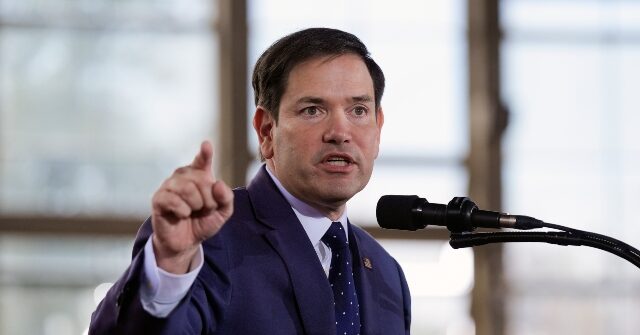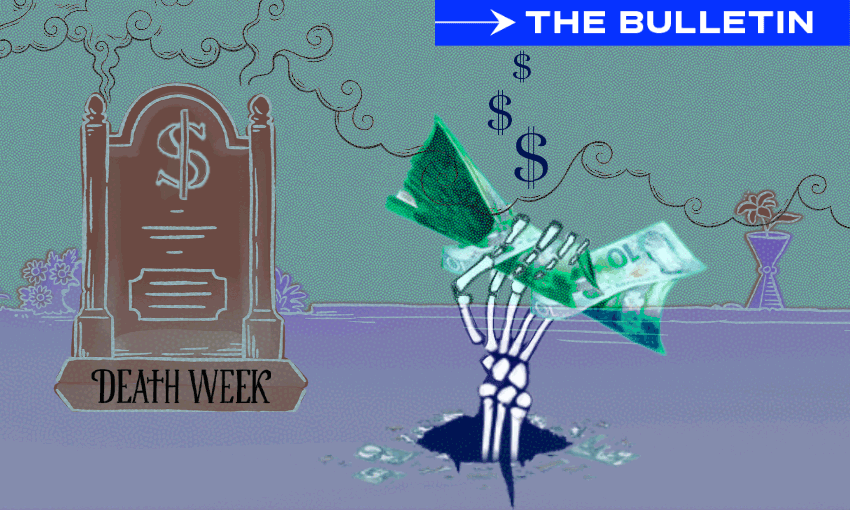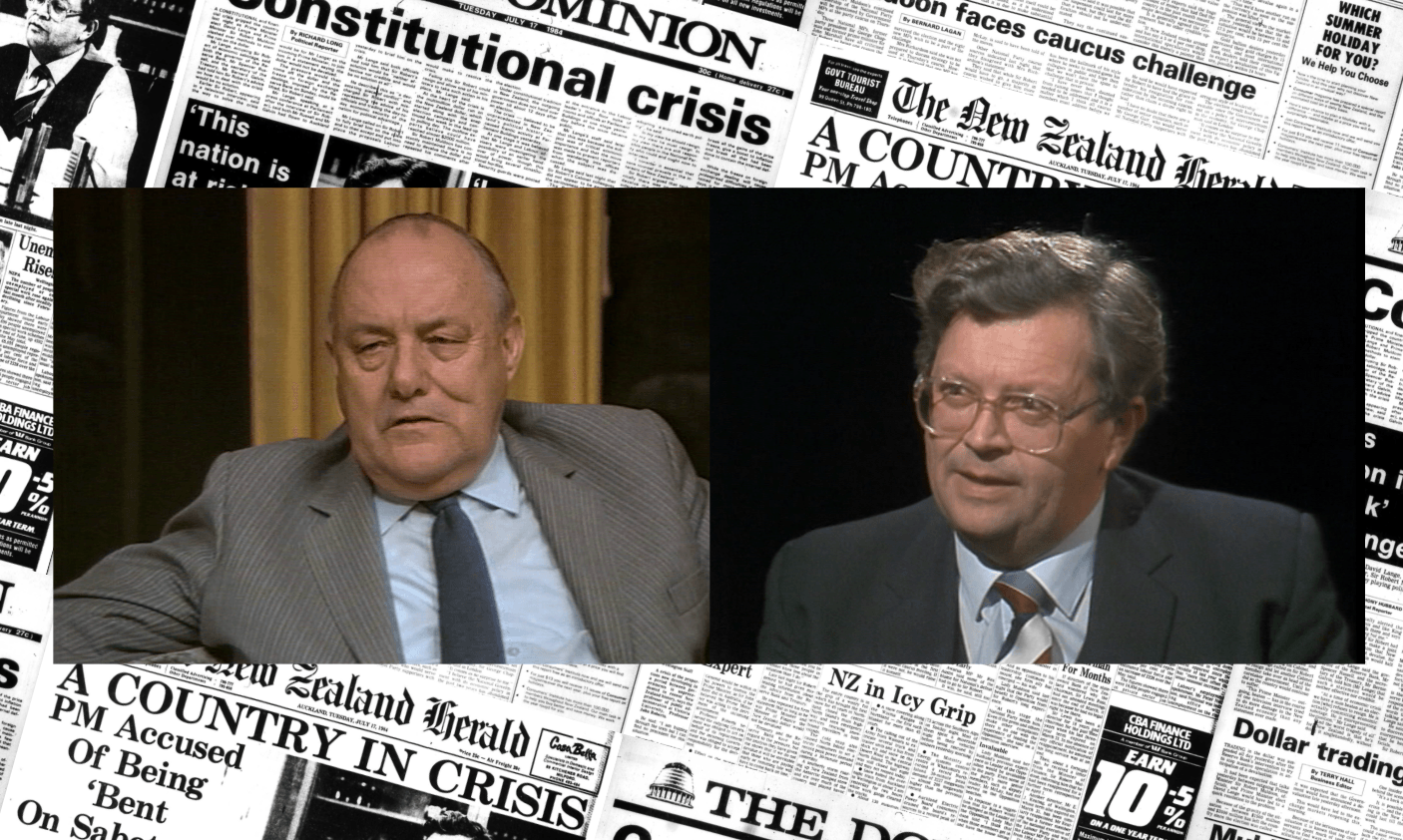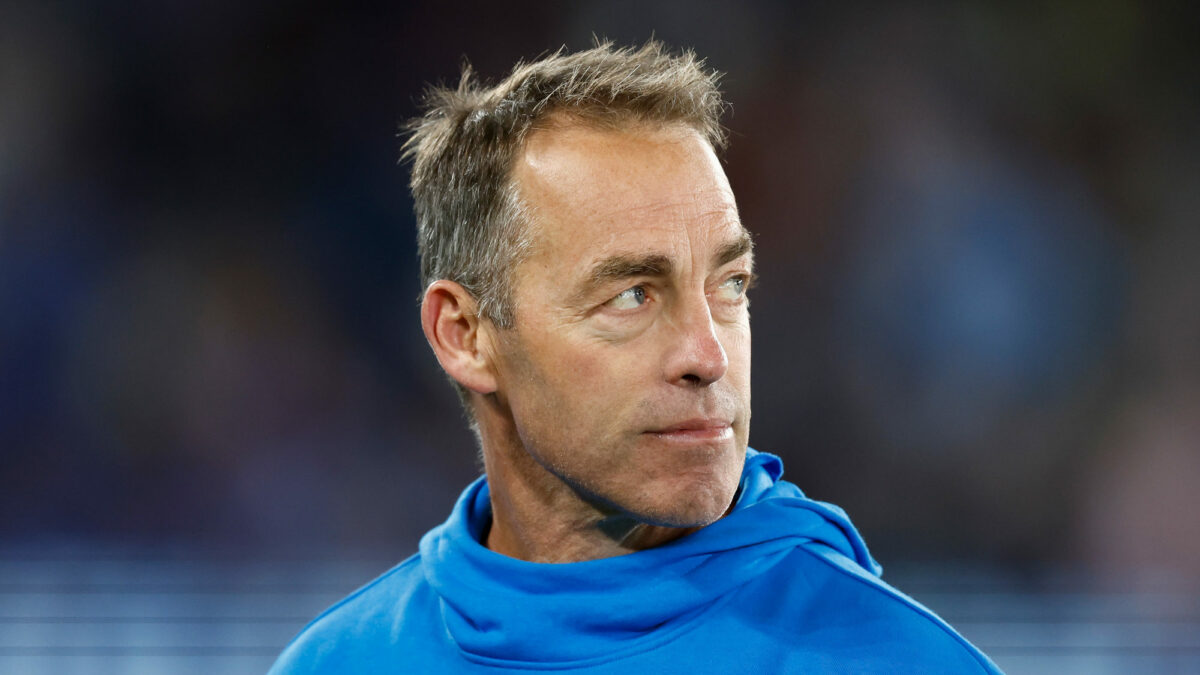Dying is inevitable and, so it seems, is it costing a lot, writes Stewart Sowman-Lund in today’s extract from The Bulletin.
To receive The Bulletin in full each weekday, sign up here.
The cost of dying
Last year for The Spinoff, I reported on how rising inflation was causing concerns about “funeral poverty”. We’ve spent four years in a global cost of living crisis, with consistent attention on the price of groceries, petrol and other everyday expenses (even, as we discussed last Friday, airfares). But, though less talked about, dealing with the death of a loved one is also something experienced by families every single day. And it’s expensive. Stuff’s Brianna McIlraith reported on the latest figures around the cost of burials and cremations last week, noting that prices had continued to rise over the past 12 months, even as the wider economy started to improve. In New Plymouth, for example, it could cost over $7,200 for a burial. There are some helpful charts in this story on The Spinoff by Shanti Mathias that break down the cost of dying by region, while the latest in our cost of being series (helpfully retitled the cost of dying) puts it starkly.
Rachel Benns, president of the Funeral Directors Association, told me last year that 98% of cemeteries are council owned and therefore affected by land costs. The Spinoff’s Alex Casey has written previously about growing interest in alternative and more eco-friendly options for after death, and this morning she has an interesting piece on water cremation. But while these alternatives may one day be more commonplace, for now, most people are forced to choose between a cremation or a burial.
What support is out there
There is help available for families struggling to cover the costs of a loved one’s farewell available from the Ministry of Social Development. However, it only rises in line with inflation and advocates have argued it started well below where it should have been when compared to the sky high cost of a funeral. Mandy Te at Re:News has an interesting story looking in-depth at the life of a funeral director, Bradley Shaw, from Whakatāne. He says that the grant, which can provide up to $2,559.20 to help with funeral costs, is insufficient. “It needs to be addressed because our costs are only going up and yet the funeral grant isn’t following,” said Shaw.
Once you’ve covered the expense of the burial, there are a number of additional costs that can make the actual cost of dying far greater – the figure often cited in the media for an average funeral is $10,000. As Rachel Benns explained to me last year: “The main fixed costs are around care of the deceased, funeral directors looking after them, disposal of the deceased, chapel hire or church hire, looking after the cremation or burial, death certificate and any medical papers.” So even if you qualify for the maximum amount of financial support, you could be several thousand dollars short.
The move for change
Lobby group Death Without Debt has been advocating for additional support around funeral costs, but also, as RNZ reported earlier in the year, for government assistance in demystifying the wider process. “Not talking about death allows the funeral industry to keep on making a lot of money out of us,” the group’s founder, Fergus Wheeler, said in January. Speaking to The Star earlier this month, Wheeler said he wanted doctors to stop automatically referring families to the funeral industry to meet paperwork requirements. “Our communities have lost the know-how to farewell the dead ourselves,” he said.
While in opposition, National told The Spinoff it would review the amount on offer through the Ministry of Social Development grant. One year on, the now-social development minister Louise Upston told Re:News that changes were “not on the coalition government’s current work programme”. The cost of living crisis remains a focus, but not, it would seem, the less visible crisis involving the dead.





















Discussion about this post